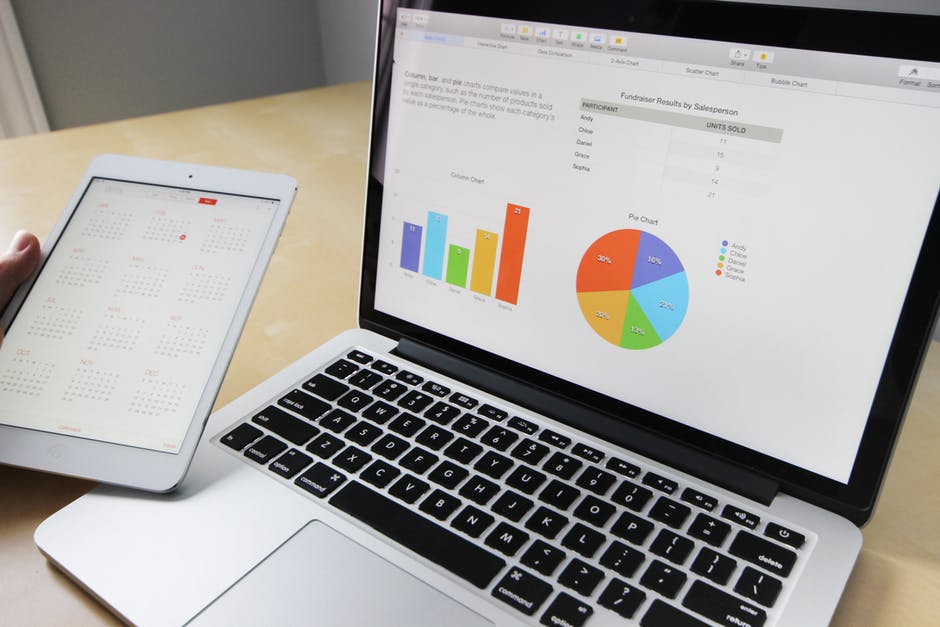
Image Source: Pexels.com
Data Analytics has become the buzzword in the world of business today. An effective Human Resource or HR management is one of the most important corporate responsibilities to ensure smooth business operations. Therefore, the growing role of data analytics in HR can not be ignored at all. Broadly speaking, there are three ways in which data analytics can be utilized to enhance HR operations. These are developing strategic workforce model, optimizing compensation plan and managing workforce acquisition cost. Let’s have a look at them, one by one.
1. Developing Strategic Workforce Model
It is imperative for any enterprise to develop an effective strategic workforce model, which helps it in matching its human capital requirements with the constraints governing its business plan and financial capabilities. With the help of data analytics, companies may successfully evolve strategic workforce plans that are able to face the challenges posed by both its short term and long term goals. Further, data analytics helps a company finalize its decisions regarding reorganization, the creation of new employee positions or removal of existing employee positions, and assessment of the behavioral drives and cognitive abilities of its workforce. Apart from this, data analytics may help an enterprise in keeping its employee turnover under control and address legacy employee problems to find an effective solution to them. Further, it also helps the HR department to assess whether the company is equipped with analytic resources that may hold employees accountable and reward top performers.
2. Optimizing Compensation Plan
Data Analytics may be of great help in optimization of a company’s compensation plan. It can empower the HR department in simplifying and standardizing various compensation aspects, such as analysis, planning, budgeting and determination of global compensation and reward policies. Robust data analytics tools and solutions offer ample support in simplifying the process of compensation policy planning and enable an organization administers policies across all its departments. All aspects of employee compensation, such as salaries, bonuses, and long-term incentives can also be effectively optimized through data analytics. Company plans may be implemented across various individuals, groups, divisions, and geographies; while pay-for-performance may be applied to retain key employees through data analytics. Not only this, data analytics also helps the HR department in readily accessing detailed job and compensation data, including third-party salary survey data; and allows it to seamlessly integrate the compensation worksheets with Microsoft Excel.
3. Managing Workforce Acquisition Cost
Workforce acquisition cost is a vital aspect for the HR department of any business organization to carry out its duties effectively. It’s imperative for an HR manager to stay on top of costs and use best practices for workforce cost management. An HR tool equipped with data analytics capabilities is able to help a company separate its overall employee over time due to a major event from overtime for regular operations. In absence of a data analytics solution, the HR team would be required to pull reports and then work through the data on spreadsheets in the case of an emergency – something that would have definitely been a lengthy and error-prone process. Also, data analytics allows the HR managers of an enterprise to assess the overall financial implications of impactful decisions such as mass layoffs, attrition, and large scale recruitment drives.
